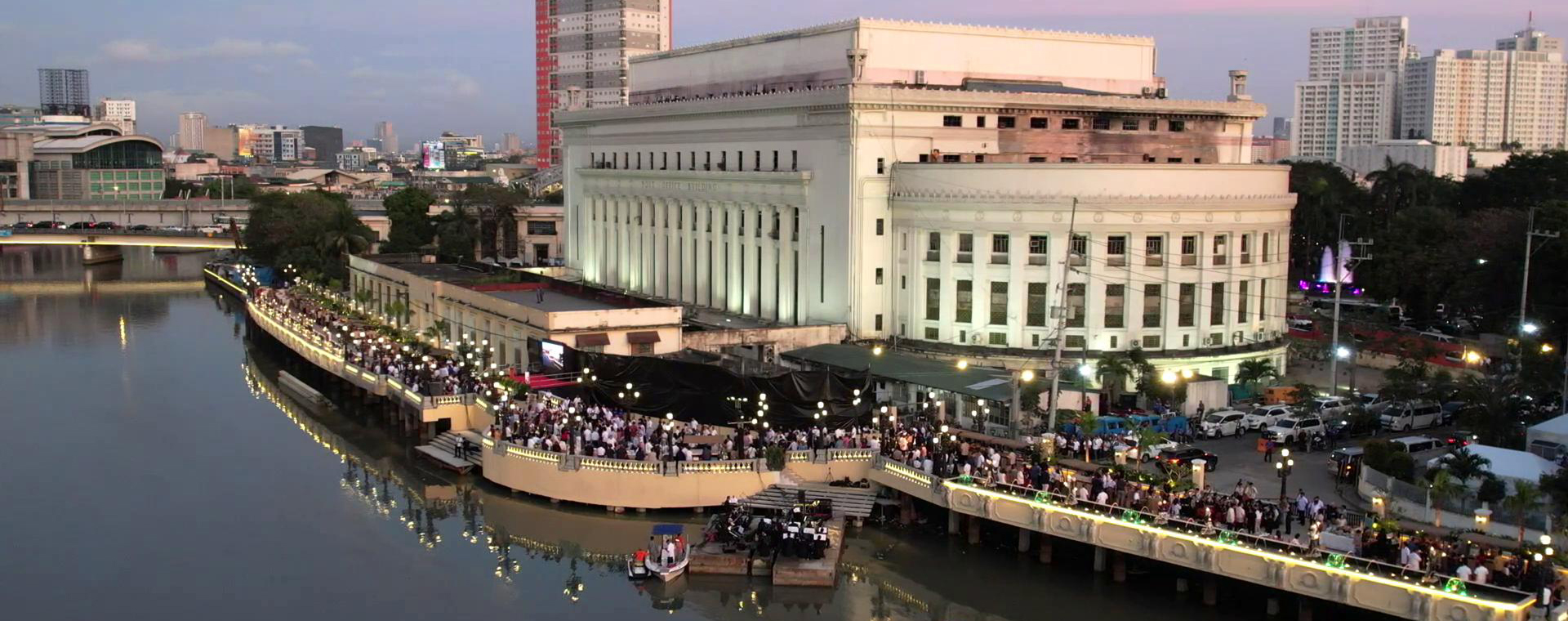

Water is an element that provides life to many, but when neglected, may cause harm to a community and its surroundings. In some countries, bodies of water particularly their rivers, are known to be the center of its urban life. Its natural current brings prosperity, commerce, tourism and comfort to progressive concrete jungles.
The rehabilitation of the Thames River in the United Kingdom brought a surge of tourists that increased the value of the properties along the riverbanks due to a boost in economic activity.
In Korea, their government demolished the highway that obstructed the Cheonggyecheon Stream. As a result, pollution in the area decreased significantly, which improved the quality of life within the community.
In Bangkok, Thailand, the world witnessed the meticulous rehabilitation of the Chao Phraya River. This provided an efficient passageway for people to use their boats for productivity, while simultaneously creating a living heritage out of the waterway scenery.
The Seine River in France is also a notable instance. In 1960, it was declared biologically dead, yet today, it stands as a venue for the next Summer Olympics.
Throughout the world, the initiatives to preserve the cleanliness of rivers are displayed profoundly, not for national vanity, but for the countless natural resources that its surrounding communities benefit from. In each successful preservation, the collaboration of government and the private sector are a common denominator.
In the Philippines, we have the Pasig River, a majestic body of water that flows through the center of the nation’s capital and breezes through its most progressive, highly populated and lucrative cities. Numerous attempts by the government and partners in the private sector have been pursued to restore its 26-kilometer stretch, covering 11 municipalities and cities, from the mouth of Manila Bay to Laguna de Bay.
Our beloved leader, His Excellency President Ferdinand R. Marcos Jr., together with our First Lady Marie Louise Araneta-Marcos, promptly ordered the creation of a comprehensive and extensive rehabilitation program for the Pasig River—aiming to permanently solve cross-generational issues that have plagued efforts connected to it—like flooding, housing, lack of alternative public transportation and poverty.
President Marcos Jr. collected key agencies of government to form the Inter-Agency Council for the Pasig River Urban Development to clean, fix, dredge, revitalize, and consolidate efforts for all Filipinos—to once again, benefit from the historic Pasig River—in vitality, commerce, tourism, and overall quality of life.
This is the Pasig Bigyang Buhay Muli: The Pasig River Project. The administration is grateful for the outpour of support in this long-term initiative to solve and rehabilitate a cornerstone in our history and heritage.
Para sa Bagong Ilog Pasig, para sa Bagong Pilipinas!

